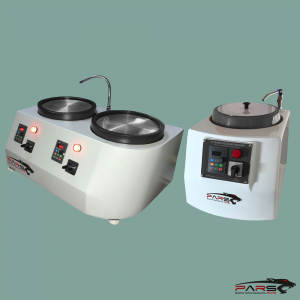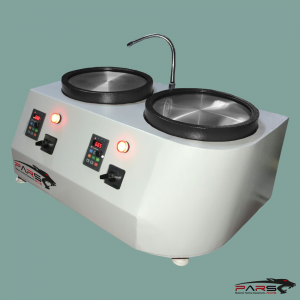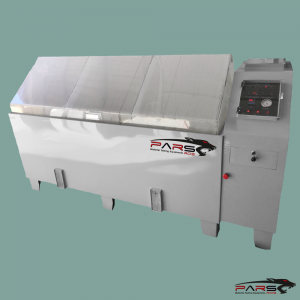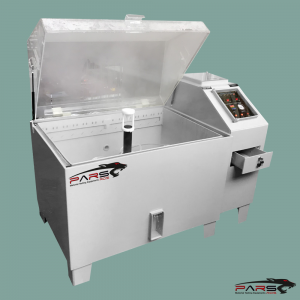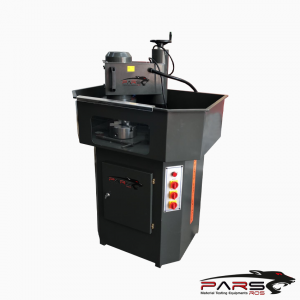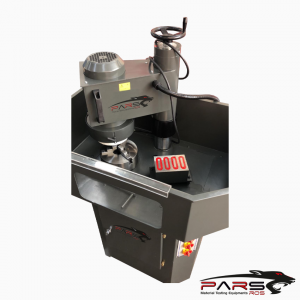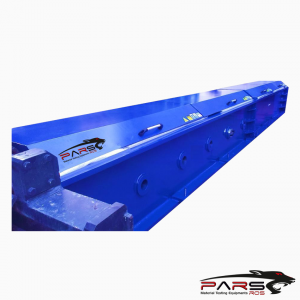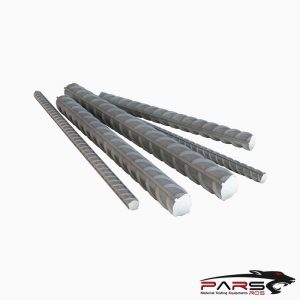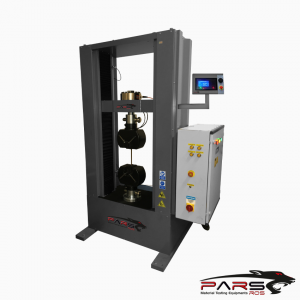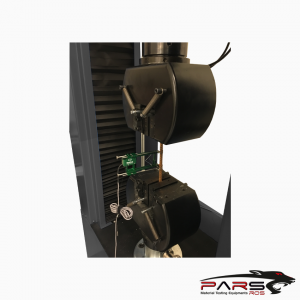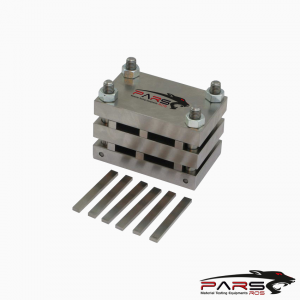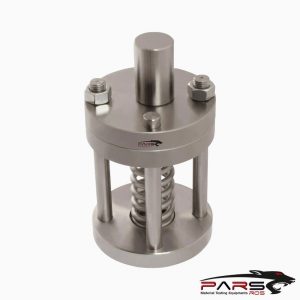Creep Testing Machines
Creep Testing Machines are used to understand the creep of materials and determine which type can do the job better, which is important when making and
designing materials for everyday uses. They most commonly test the creep of alloys and plastics for the understanding of their properties and advantages of one material’s
use over another.
Please Contact With Us For More Information
- Description
- TECHNICAL SPECIFICATIONS
Description
Creep Testing Machines
Creep is the tendency of a material to change form over time after facing high temperature and stress.
Creep increases with temperature and it is more common when a material is exposed to high temperatures for a long time or at the melting point of the material.
Creep Testing Machines are used to understand the creep of materials and determine which type can do the job better, which is important when making and
designing materials for everyday uses. They most commonly test the creep of alloys and plastics for the understanding of their properties and advantages of one
material’s use over another.
A Creep Testing Machines measure the alteration of a material after it has undergone stresses.
Engineers use Creep Testing Machines to determine the stability and behaviour of a material when put through ordinary stresses.
They determine how much strain (load) an object can handle under pressure, so engineers and researchers are able to determine what materials to use.
The device generates a creep time-dependent curve by calculating the steady rate of creep in reference to the time it takes for the material to change.
Measuring Creep typically involves applying high temperatures to a sample for long periods of time while also applying the load, so the use of Environmental
Chambers along with a test frame with highly accurate speed controls is common for this type of test. Creep testing is often performed on metals that are designed
to work in high stress or high temperature environments such as engine parts and related components.
Creep Testing
The “Creep Test” is performed on a specimen. In simple terms, the specimen is heated up to a temperature between 300°C and 1200°C
depending on material.
Once the temperature set-point is reached, a constant load is applied to exert a longitudinal force on the grain structure of the material.
The load is maintained for the period of the test or until the specimen ruptures.
During the test, data is continuously monitored and recorded to qualify the stability of the temperatures, load and specimen elongation.
The MOST COMMON USED CREEP STANDARDS ARE AS FOLLOWS
ASTM C1291 – Standard Test Method for Elevated Temperature Tensile Creep Strain, Creep Strain Rate, and Creep Time to Failure for Monolithic Advanced Ceramics
ASTM C1337 – Standard Test Method for Creep and Creep Rupture of Continuous Fiber-Reinforced Advanced Ceramics Under Tensile Loading at Elevated Temperatures
ASTM D2990 – Standard Test Methods for Tensile, Compressive, and Flexural Creep and Creep-Rupture of Plastics
ASTM D5405 – Standard Test Method for Conducting Time-to-Failure (Creep-Rupture) Tests of Joints Fabricated from Nonbituminous Organic Roof Membrane Material
ASTM D6383 – Standard Practice for Time-to-Failure (Creep-Rupture) of Adhesive Joints Fabricated from EPDM Roof Membrane Material
ASTM D7337 – Standard Test Method for Tensile Creep Rupture of Fiber Reinforced Polymer Matrix Composite Bars
ASTM E139 – Standard Test Methods for Conducting Creep, Creep-Rupture, and Stress-Rupture Tests of Metallic Materials
ASTM E139 – Standard Test Methods for Conducting Creep, Creep-Rupture, and Stress-Rupture Tests of Metallic Materials
ASTM E292 – Standard Test Methods for Conducting Time-for-Rupture Notch Tension Tests of Materials
ASTM E633 – Standard Guide for Use of Thermocouples in Creep and Stress-Rupture Testing to 1800°F (1000°C) in Air
***PARSROS offers several types of Creep Testing Machines and Systems which will enable you to perform
a variety of Creep Test that are accurate and repeatable.
Capasities : 10 kN, 20 kN,30 kN,50 kN,100 kN,200 kN
According to ISO 7500 y ASTM E-4 Class 0,5
Load measurement Universal strain-gage load cell (tension-compression)
Load cell repeatability Better or equal to ± 0.05 %
Measuring range 1 % al 100 % of the load cell nominal capacity (autoescale)
Strength resolution 5 digits with floating coma
Number of Guiding columns 2 Chromed plated and grounded with adjustable mechanical stops
Screw drivers 1 high precision ball screw drivers with scrapers
Free distance between columns 500 mm
Displacement speed range Between 0,001 and 100,00 mm/min (Other speeds are possible on demand)
Displacement measurement Encoder
Displacement resolution 5 dígits: ± 0,001 mm
Power supply Three-phase 380 V plus neutral and earth, 50/60 Hz (to specify)
Power consumption without furnace <= 500W <= 1000W
Emergency stop ”Mushroom“ type, placed on the testing frame




